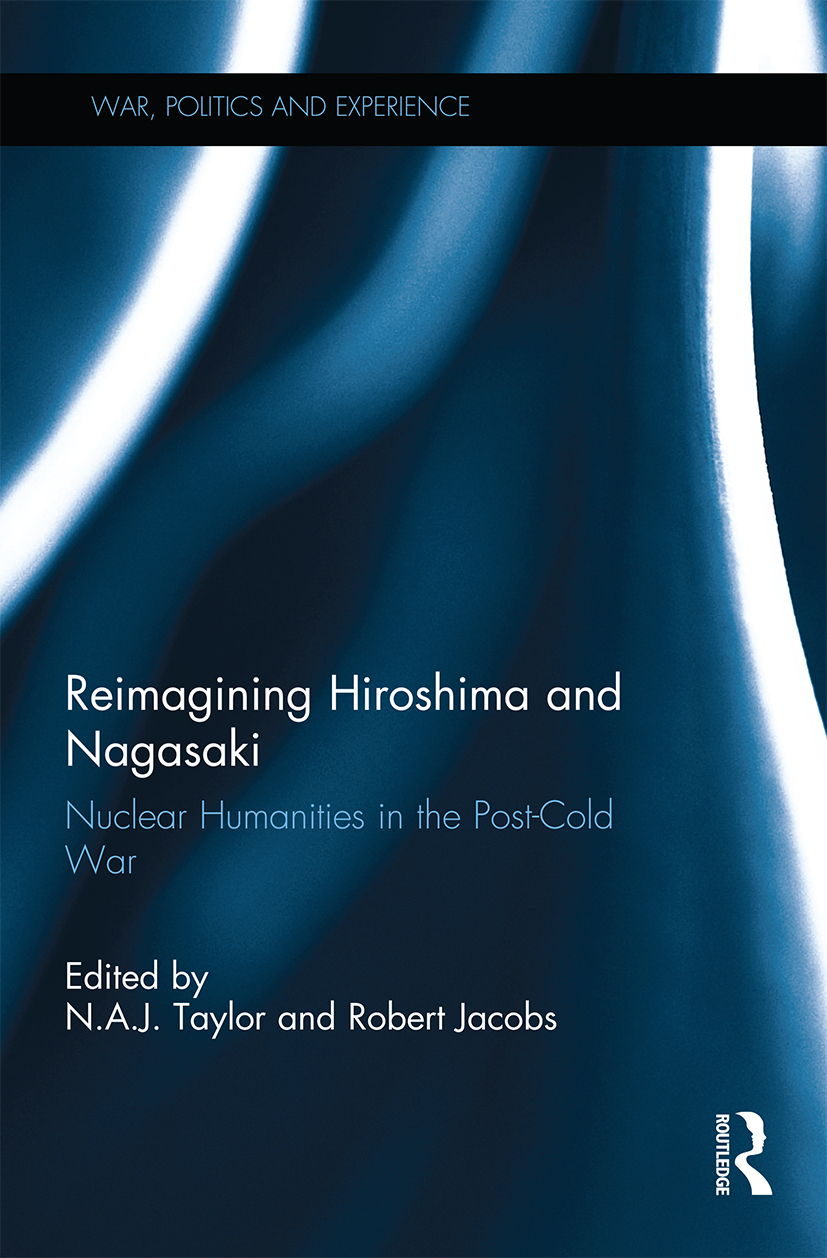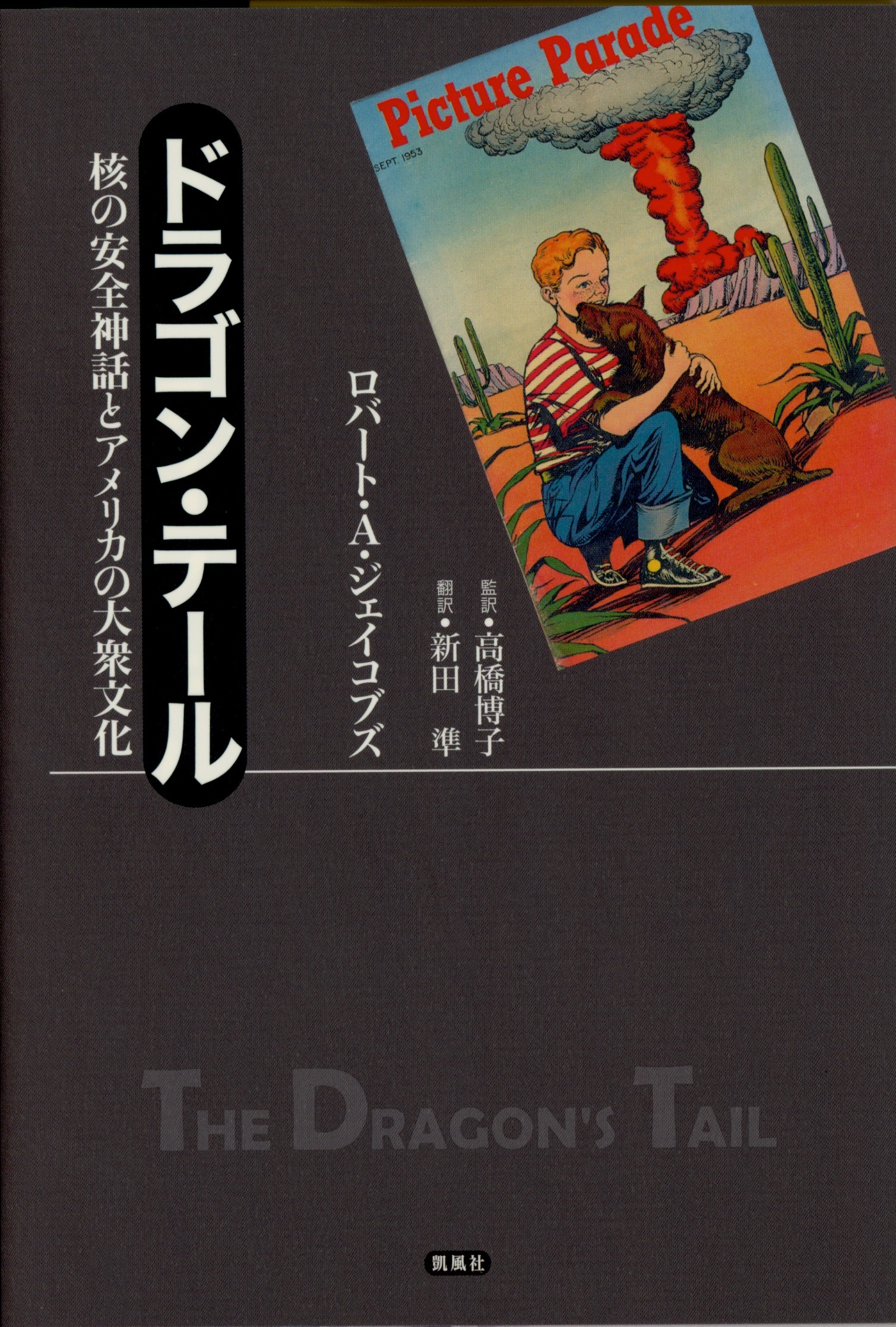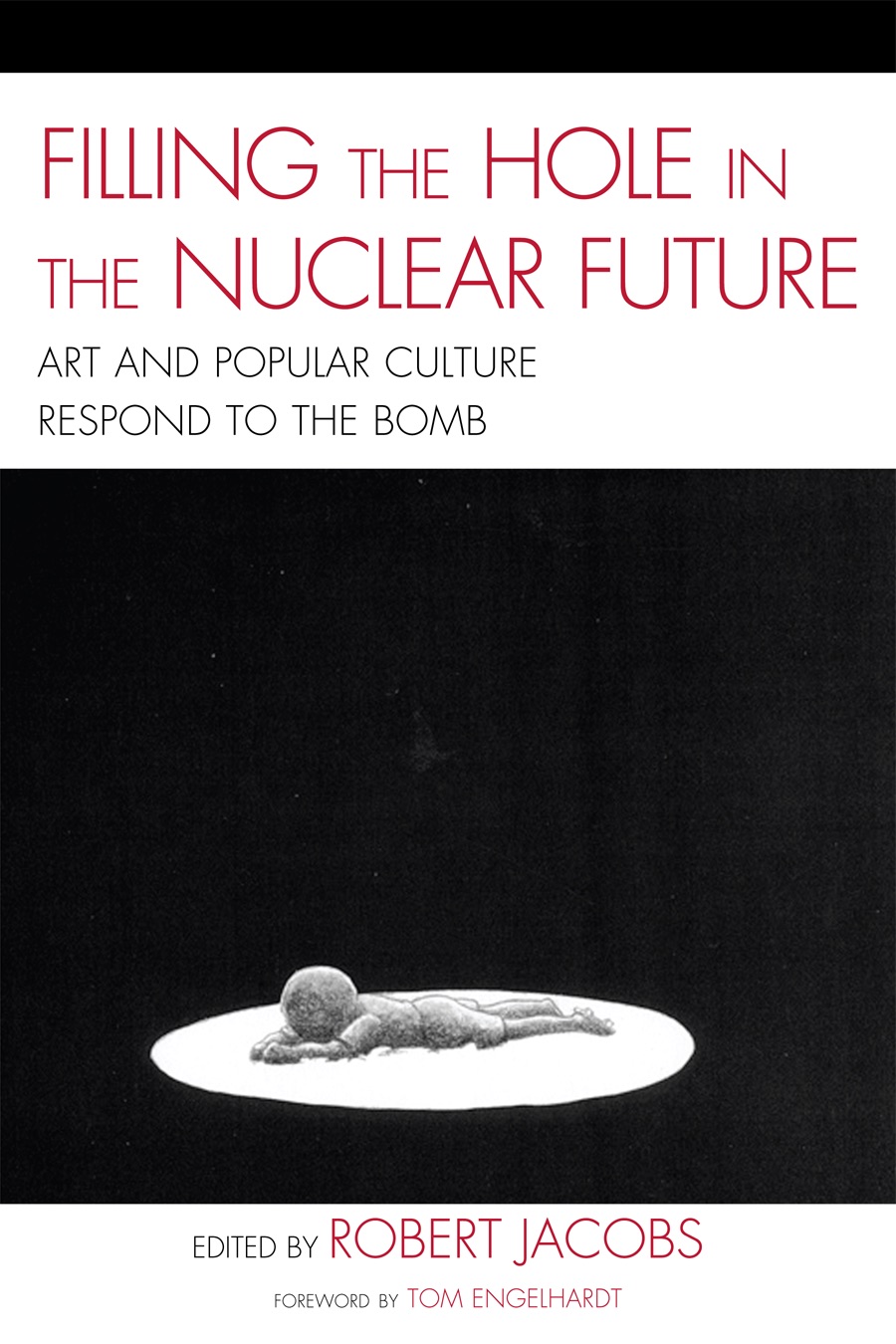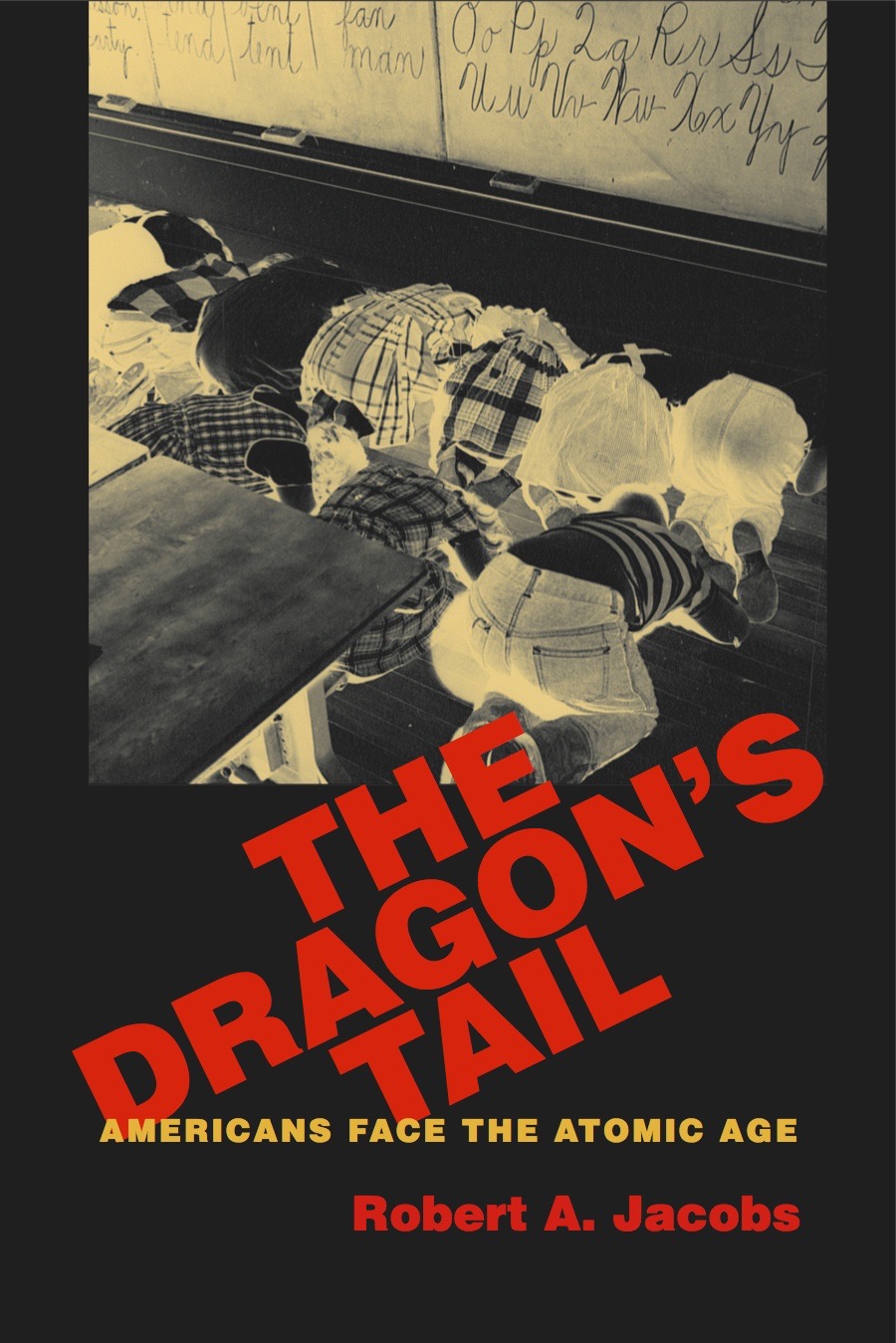
Reimagining Hiroshima and Nagasaki: Nuclear Humanities in the Post-Cold War
Co-Edited with N. A. J. Taylor
Routledge Press, 2017
This edited volume reconsiders the importance of the attacks on Hiroshima and Nagasaki from a post-Cold War perspective.
Available from Routledge Press here.
Images of Rupture Between East and West: The Perception of Auschwitz and Hiroshima in Eastern European Arts and Media
Co-edited with Urs Heftrich, Bettina Kaibach and Karoline Thaidigsmann
Universitätsverlag Winter Heidelberg, 2016
In spite of the incommensurability of the Holocaust and the dropping of the first atomic bombs, the juxtaposition of Auschwitz and Hiroshima has long been a topic of serious debate. While in public memory on both sides of the Iron Curtain Auschwitz and Hiroshima have become icons of industrialized mass murder, comparative research on this iconization has been dominated by decidedly Western perspectives. Moreover, the fact that in communist Eastern Europe the interpretation of these two events differed considerably from their treatment in the West has been largely neglected. Thus, in communist Eastern Europe, with its ideology based on historical optimism, the concept of rupture was either ignored or dismissed as Western defeatism, whereas in Western thinking, both Auschwitz and Hiroshima have often been seen as fundamental ruptures that shook the foundations of civilization. In their contributions to this volume, historians, art historians, film scholars, and literary scholars investigate the perception of Auschwitz and Hiroshima in Eastern Europe from a wide range of disciplines and from cultural as well as medial perspectives.
Available from Amazon US here.


ドラゴン・テール――核の安全神話とアメリカの大衆文化
Gaifusha, 2013
A Japanese translation of my book *The Dragon's Tail*
Order from Amazon Japan here.
Fillilng the Hole in the Nuclear Future: Art and Popular Culture Respond to the Bomb
Lexington Books, 2010
Edited by Robert Jacobs
From the dawn of the atomic age, art and popular culture have played an essential role interpreting nuclear issues to the public and investigating the implications of nuclear weapons to the future of human civilization. Political and social forces often seemed paralyzed in thinking beyond the advent of nuclear weapons and articulating a creative response to the dilemma posed by this apocalyptic technology. Art and popular culture are uniquely suited to grapple with the implications of the bomb and the disruptions in the continuity of traditional narratives about the human future endemic to the atomic age.
Filling the Hole in the Nuclear Future explores the diversity of visions evoked in American and Japanese society by the mushroom cloud hanging over the future of humanity during the last half of the twentieth century. It presents historical scholarship on art and popular culture alongside the work of artists responding to the bomb, as well as artists discussing their own work.
Order from Lexington Books here.


The Dragon's Tail: Americans Face the Atomic Age
University of Massachusetts Press, 2010
When President Harry Truman introduced the atomic bomb to the world in 1945, he described it as a God-given harnessing of "the basic power of the universe." Six days later a New York Times editorial framed the dilemma of the new Atomic Age for its readers: "Here the long pilgrimage of man on Earth turns towards darkness or towards light." American nuclear scientists, aware of the dangers their work involved, referred to one of their most critical experiments as "tickling the dragon's tail." Even after Hiroshima and Nagasaki, most Americans may not have been sure what an atomic bomb was or how it worked. But they did sense that it had fundamentally changed the future of the human race. In this book, Robert Jacobs analyzes the early impact of nuclear weapons on American culture and society. He does so by examining a broad range of stories, or "nuclear narratives," that sought to come to grips with the implications of the bomb's unprecedented and almost unimaginable power. Beginning with what he calls the "primary nuclear narrative," which depicted atomic power as a critical agent of social change that would either destroy the world or transform it for the better, Jacobs explores a variety of common themes and images related to the destructive power of the bomb, the effects of radiation, and ways of surviving nuclear war. He looks at civil defense pamphlets, magazines, novels, and films to recover the stories the U.S. government told its citizens and soldiers as well as those presented in popular culture. According to Jacobs, this early period of Cold War nuclear culture—from 1945 to the banning of above-ground testing in 1963—was distinctive for two reasons: not only did atmospheric testing make Americans keenly aware of the presence of nuclear weapons in their lives, but radioactive fallout from the tests also made these weapons a serious threat to public health, separate from yet directly linked to the danger of nuclear war.
Order from UMASS Press here.